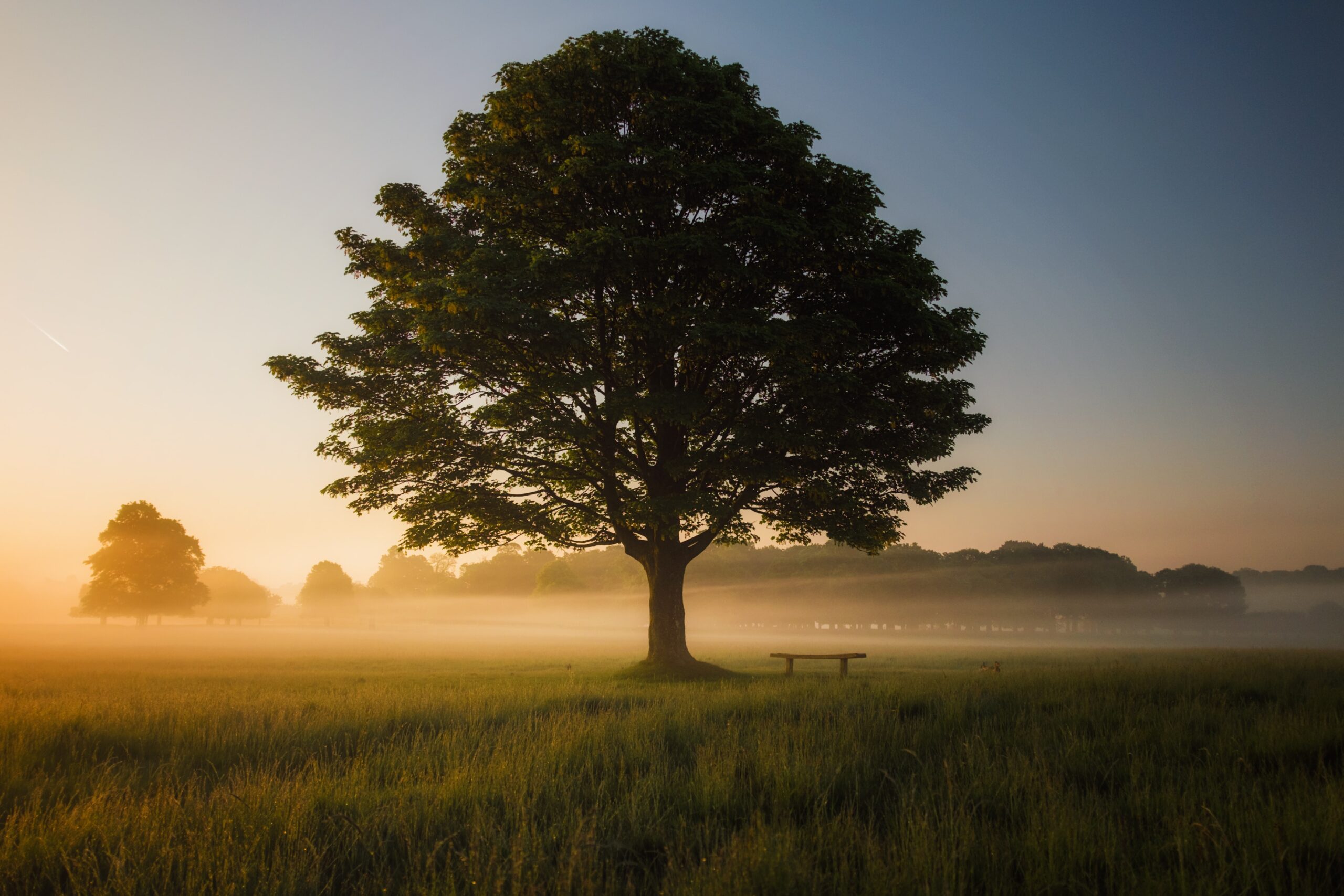The Art of Tree Lopping

Tree lopping is an essential aspect of tree maintenance and management. It involves removing specific branches and stems, as well as the branches of a tree in order to manage its growth, shape and size. Although it might seem like an easy task but it requires a certain level of skill, experience and expertise to do it safely and effectively. If you’re thinking of cutting a tree, it’s essential to understand what it involves, why it’s necessary and the best method to do it.
What exactly is Tree Lopping?
Tree lopping is the removal of certain branches or stems or trunks of a tree in order to manage the growth, shape, and size. This type of tree maintenance is performed to improve the overall appearance, health, and security. It can also be utilized to remove diseased or dead branches that could pose a risk to people as well as property.
Why is Tree Lopping Important?
There are a variety of reasons tree lopping is essential to improve the health of trees: Lopping can remove damaged or diseased branches that may cause rot or disease to other parts within the trees. Improved appearance of trees: Lopping can help maintain the dimensions and shape of a tree, improving the overall appearance of the tree. Enhancing safety of trees: Lopping can remove branches that may cause danger to people and property and make the tree more secure. This allows for greater sun’s penetration. Lopping can aid in increasing the amount of sunlight reaching the ground, which will benefit other plants and vegetation.
How can you do Tree Lopping safely and effectively?
Performing tree lopping safely and efficiently requires a high degree of expertise, experience and expertise. It is recommended to seek the services of a professional Sydney Tree Lopping arborist to perform this task. Our arborists are well-trained, highly skilled, and have access to the latest equipment and technology. They can complete their job efficiently, safely, and efficiently, ensuring that your tree stays well-groomed and beautiful for many years to come.
FAQs
What is the difference between tree lopping and tree pruning?
Tree lopping is the removal of larger branches and the trunks of trees, while tree pruning refers to cutting down smaller shoots and branches.
What is the best time to have my tree trimmed?
The frequency of lopping trees depends on several factors, including the species of tree, the rate of growth and the reason for the lopping. A qualified Sydney Tree Lopping arborist can advise you on the ideal frequency for your particular tree.
Do I have the ability to do tree lopping myself?
Although it might seem like a simple task however, it is a hazardous and difficult job that requires a significant amount of knowledge and skill. It is highly recommended that you hire the assistance of a qualified Sydney Tree Lopping arborist to perform this task.
Conclusion
Tree lopping is an important element of tree maintenance and management. It involves the removal of specific branches or stems or trunks of a tree to regulate its growth, shape and size. To ensure that your tree remains healthy, attractive, and safe It is crucial to get the assistance of a skilled Sydney Tree Lopping arborist. Our arborists are trained, highly skilled, and are equipped with the most recent equipment and technology. They are able to do the job in a safe, efficient, and efficiently, ensuring that your tree remains beautiful and healthy for many years to come. Don’t take any chances with the safety of your tree and its health. Call 1300 274 346 today to schedule an appointment for a tree pruning session to speak with our skilled arborists. Our team is available to offer you the high-quality tree services that will ensure your trees are looking their best. Rely on Sydney Tree Lopping to take care of all your tree-lopping requirements in Sydney and the surrounding areas.





















